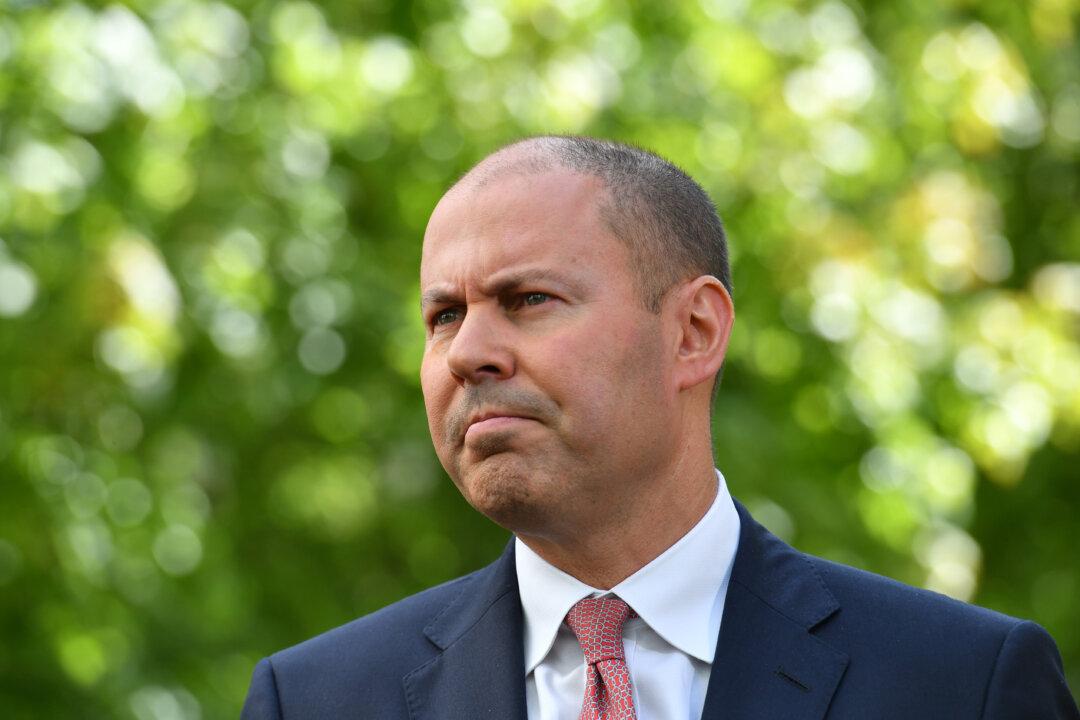New South Wales National Parks and Wildlife have said major bird breeding events are being observed across the Macquarie Marshes, between Dubbo and Bourke, and the Gwydir wetlands, near Moree after two seasons of widespread rainfall in Australia.
Ecologist David Smith has said that at present the outback is full of incredible sights.





